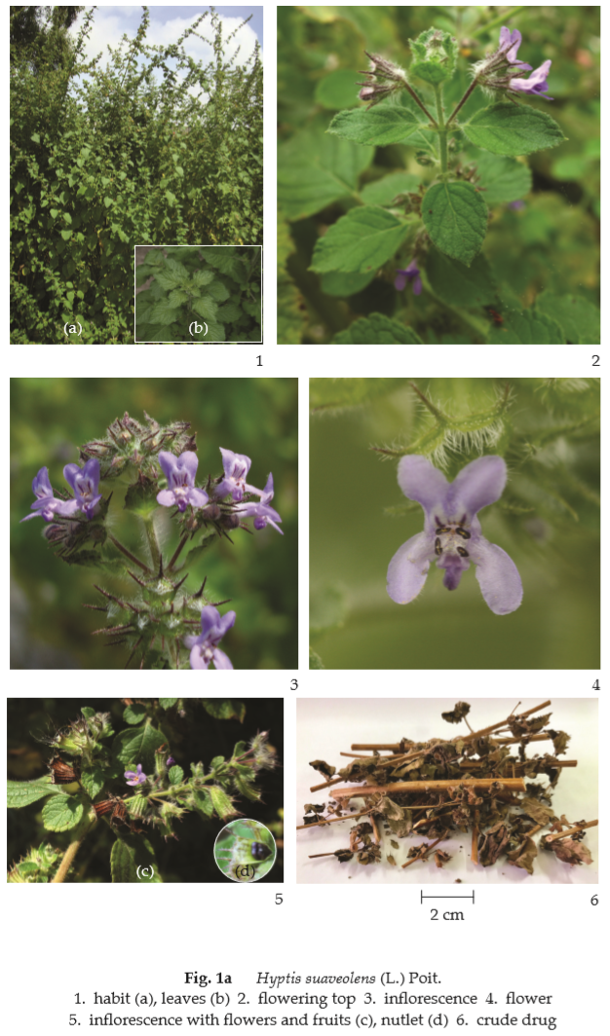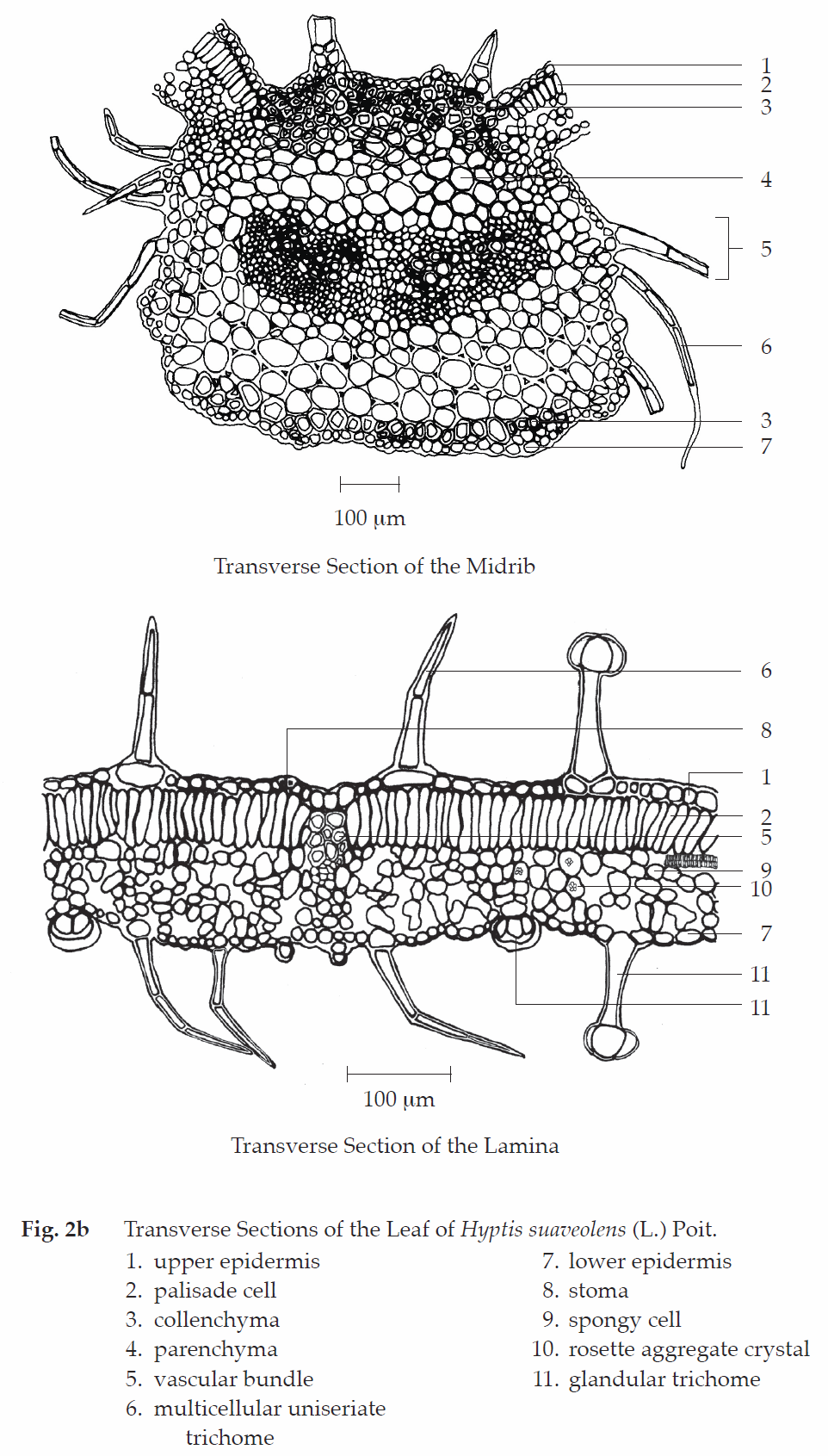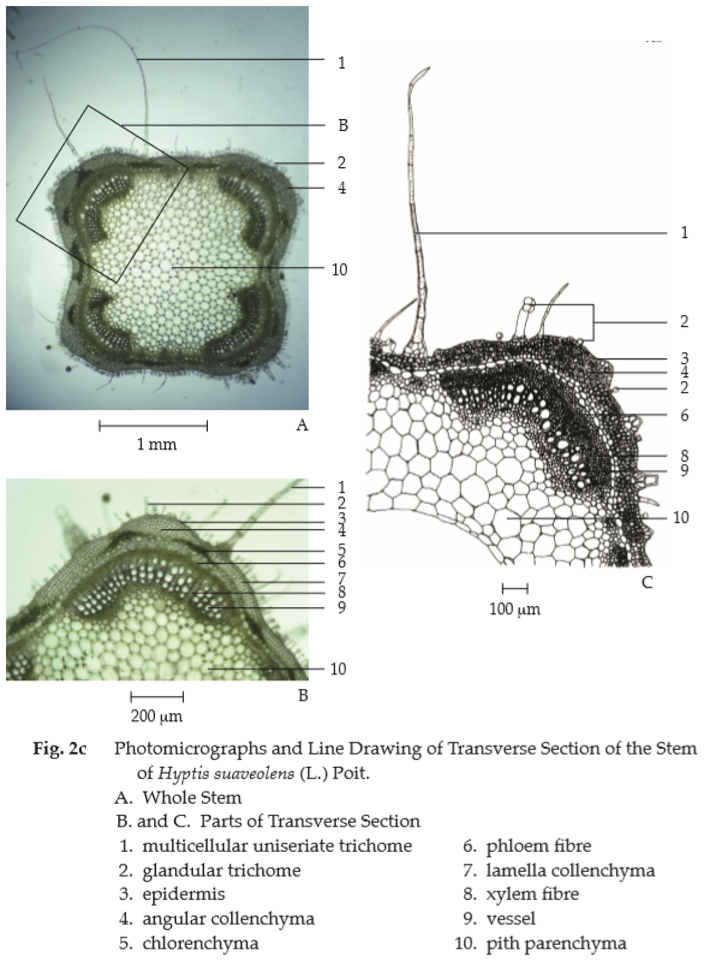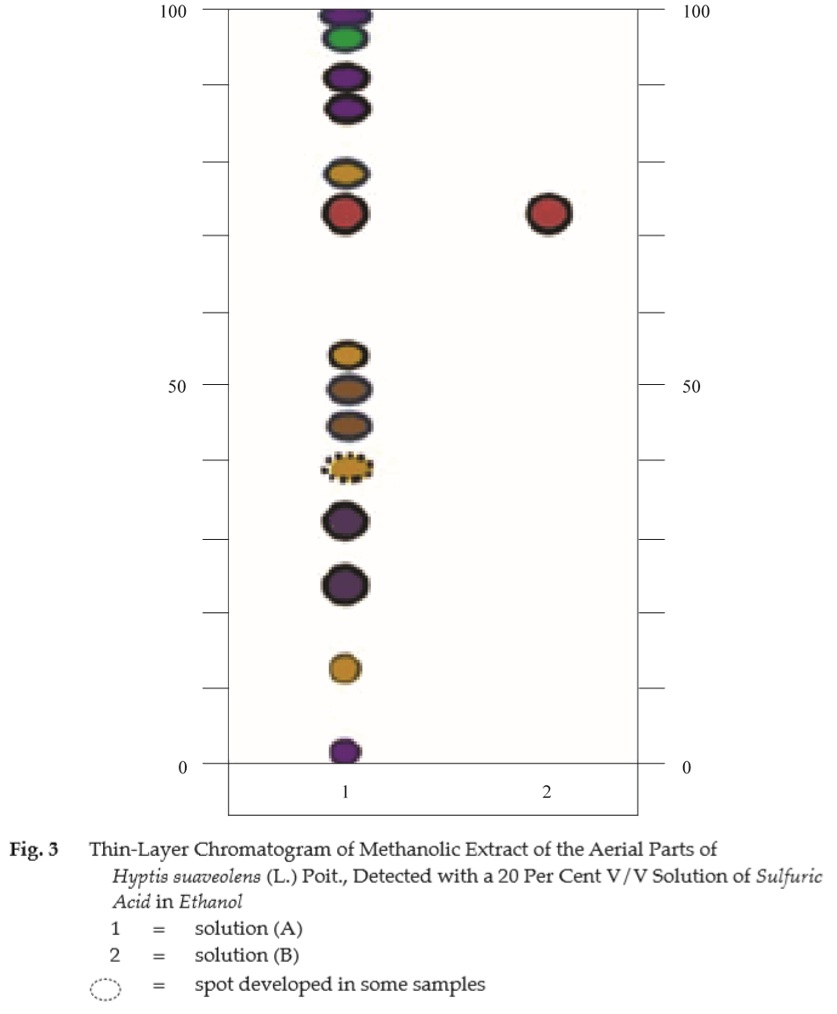ตำรามาตรฐานยาสมุนไพรไทย
Thai Herbal Pharmacopoeia
สำนักยาและวัตถุเสพติด กรมวิทยาศาสตร์การแพทย์ กระทรวงสาธารณสุข
Bureau of Drug and Narcotic, Department of Medical Sciences, Ministry of Public Health(Tinospora crispa (L.) Hook.f. & Thomson)
(Nelumbo nucifera Gaertn.)
(Centella asiatica (L.) Urb.)
(Centella Dry Extract)
(Centella Cream)
(Mesua ferrea L.)
(Piper sarmentosum Roxb.)
(Piper sarmentosum Roxb.)
(Pterocarpus santalinus L. f.)
(Santalum album L.)
(Senna tora (L.) Roxb.)
(Senna alata (L.) Roxb.)
(Senna Alata Tea)
(Piper retrofractum Vahl)
(Myristica fragrans Houtt)
(Andrographis paniculata (Burm. f.) Nees)
(Andrographis Capsules)
(Allium ascalonicum L.)
(Ocimum tenuiflorum L.)
(Curcuma longa L.)
(Turmeric Capsules)
(Turmeric Dry Extract)
(Turmeric Dry Extract Capsules)
(Arcangelisia flava (L.) Merr.)
(Curcuma sp.)
Harrisonia perforata (Blanco) Merr.
(Aristolochia pierrei Lecomte)
(Zingiber officinale Roscoe)
(Ginger Capsules)
(Ginger Tea)
(Cassia fistula L.)
(Nardostachys jatamansi (D. Don) DC.)
(Angelica sinensis (Oliv.) Diels)
Artemisia annua L.
(Ligusticum sinense Oliv. cv. Chuanxiong)
(Neopicrorhiza scrophulariiflora Pennell)
(Atractylodes lancea (Thunb.) DC.)
(Aucklandia lappa Decne)
(Terminalia chebula Retz.)
(Angelica dahurica (Hoffm.) Benth. & Hook. f. ex Franch. & Sav. var. dahurica)
(Kaempferia parviflora Wall. ex Baker)
(Hibiscus sabdariffa L.)
(Roselle Tea)
(Allium sativum L.)
(Zingiber zerumbet (L.) Sm.)
(Wurfbainia testacea (Ridl.) Škorničk.& A. D. Poulsen)
(Cannabis sativa L.)
(Myristica fragrans Houtt)
(Dracaena cochinchinensis (Lour.) S. C. Chen)
(Ficus racemosa L.)
(Hyptis suaveolens (L.) Poit.)
Clerodendrum indicum (L.) Kuntze
(Phyllanthus emblica L.)
(Citrus hystrix DC.)
(Citrus hystrix DC.)
(Areca catechu L.)
(Momordica charantia L.)
Moringa oleifera Lam.
(Aegle marmelos (L.) Corrêa)
(Solanum trilobatum L.)
(Morus alba L.)
Gynostemma pentaphyllum(Thunb.)
Makino
(Clinacanthus nutans (Burm. f.) Lindau)
(Cissus quadrangularis L.)
(Mimusops elengi L.)
(Zingiber montanum (J. König) Link. ex A. Dietr.)
(Piper betle L.)
(Capsicum annuum L.)
(Capsicum Oleoresin)
(Capsicum Gel)
(Piper nigrum L.)
(Piper nigrum L.)
(Eurycoma longifolia Jack)
(Thunbergia laurifolia Lindl.)
(Piper wallichii (Miq.) Hand.-Mazz.)
Senna garrettiana (Craib) H. S. Irwin & Barneby
(Terminalia bellirica (Gaertn.) Roxb.)
(Terminalia chebula Retz.)
(Caesalpinia bonduc (L.) H. Roxb.)
(Tarlmounia elliptica (DC.) H. Rob., S. C. Keeley, Skvaria & R. Chan)
(Hog Creeper Vine Dry Extract Capsiles)
(Hog Creeper Vine Dry Extract)
(Brachypterum scandens (Roxb.) Miq.)
(Lepidium sativum L.)
(Nigella sativa L.)
(Cuminum cyminum L.)
(Foeniculum vulgare Mill.)
(Plantago ovata Forssk.)
(Pimpinella anisum L.)
(Carum carvi L.)
(Anethum graveolens L.)
(Trachyspermum ammi (L.) Sprague)
Albizia procera (Roxb.) Benth.
(Acorus calamus L.)
(Tiliacora triandra (Colebr.) Diels)
Cyanthillium cinereum (L.) H. Rob.
(Orthosiphon aristatus (Blume) Miq.)
Murdannia loriformis (Hassk.) R. S. Rao & Kammathy
(Capparis micracantha DC.)
(Chrysopogon zizanioides (L.) Roberty)
(Cyperus rotundus L.)
(Cannabis sativa L.)
(Syzygium aromaticum (L.) Merr. & L. M. Perry)
(Boesenbergia rotunda (L.) Mansf.)
(Acanthus ebracteatus Vahl)
(Acanthus ilicifolius L.)
(Kaempferia galanga L.)
(Curcuma comosa Roxb.)
Betula alnoides Buch.-Ham. ex D. Don
Cannabis sativa L.
Carthamus tinctorius L
Mitragyna speciosa (Korth.) Havil
Mallotus repandus (Rottler) Müll. Arg
Azadirachta indica A. Juss. var. siamensis Valeton
Azadirachta indica A. Juss. var. siamensis Valeton
Punica granatum L.
Rhinacanthus nasutus (L.) Kurz
Baliospermum solanifolium (Burm.) Suresh
Curcuma aeruginosa Roxb
Boesenbergia kingii Mood & L. M. Prince
Senegalia rugata (Lam.) Britton & Rose
Acacia concinna (Willd.) DC.
Senegalia rugata (Lam.) Britton & Rose
Acacia concinna (Willd.) DC.
Senna alexandriana Mill. var. alexandriana
Cassia acutifolia Delile, Cassia angustifolia Vahl
Butea superba Roxb. ex Willd.
[Plaso superba (Roxb. ex Willd.) Kuntze, Rudolphia superba (Roxb. ex Willd.) Poir.
Pueraria candollei Graham
ex Benth. var. mirifica (Airy Shaw & Suvat.) Niyomdham
Streblus asper Lour.
Suregada multiflora (A. Juss.) Baill. (Gelonium
multiflorum A. Juss.
Plumbago zeylanica L.
Plumbago indica L.
Biancaea sappan (L.) Tod.
Ziziphus attopensis Pierre
Streblus asper Lour.
Justicia gendarussa Burm. f.
Enhalus acoroides (L. f.) Royle
Bridelia ovata Decne.
Tamarindus indica L.
Citrus × aurantiifolia (Christm.) Swingle
Garcinia mangostana L.
Blumea balsamifera (L.) DC
Persicaria odorata (Lour.) Soják
Zingiber montanum (J. König) Link ex A. Dietr.
Mammea siamensis (Miq.) T. Anderson
Citrus maxima (Burm.) Merr.
Citrus × aurantium L. ‘Som Sa’
Punica granatum L.
Rhinacanthus nasutus (L.) Kurz
Wild Spikenard is the dried aerial part of Hyptis suaveolens (L.) Poit. (Family Labiatae), Herbarium Specimen Number: BKF 194900, Crude Drug Number: DMSc 0436.
Constituents Wild Spikenard contains terpenoids (e.g., betulinic acid, suaveolol, ursolic acid), phenolic compounds (e.g., caffeic acid, rosmarinic acid). It also contains flavonoids, sterols, small amount of volatile oil, etc.
Description of the plant (Figs. 1a, 1b) Annual herb 0.6 to 1.6 m tall, strongly aromatic; stem erect, robust, quadrangular, branched, with long spreading white hairs. Leaves simple, opposite decussate, ovate to broadly ovate, 2 to 5 cm long, 2 to 6 cm wide, apex subacute to obtuse, base rounded to shallow cordate, oblique, margin serrulate, subcoriaceous, gland-dotted, both surfaces hairy; petiole slender, 0.5 to 6 cm long. Inflorescence axillary or terminal cyme, 1- or 2- to 5-flowered, in raceme or panicle; bract small. Flower zygomorphic; calyx campanulate, 0.8 to 1(–1.2) cm long in fruit, 3 to 5 mm wide, villous, yellowish glandular, throat tufted villous, prominent 10-nerved, 5-toothed, spine-like, 1.5 to 2 mm long, with simple and glandular hairs; corolla blue, 6 to 8 mm long, puberulent except near base, tube about 2 mm wide at throat, upper lip 2-lobed, reflexed, lower lip 3-lobed, middle lobe shorter, lateral lobes similar to upper lip; stamens 4, filament flattened, minutely hairy, exserted from the corolla tube; ovary superior, 2-carpellate, each carpel deeply 2-lobed, style 1, bifid, stigma minute. Fruit 2 nutlets, broadly obovoid, 3 to 4 mm long, 2 to 3 mm wide, apex truncate and emarginate, mucronate, laterally compressed, dark brown, dotted, with 2 basal white scars, within enlarged calyx tube.
Description Odour, aromatic; taste, slightly bitter.
Macroscopical (Fig. 1a) Stem quadrangular, greenish brown to brown; leaves opposite-decussately arranged, the complete ones ovate to broadly ovate, greenish, venation prominent; remnant inflorescence, persistent calyx, brown, villose.
Microscopical (Figs. 2a, 2b, 2c, 2d) Transverse sections of the leaf through the midrib and the lamina show upper epidermis, mesophyll, vascular bundles, and lower epidermis. Upper epidermis, a layer of wavy epidermal cells; stomata, mostly diacytic with some anomocytic; trichomes, numerous, multicellular uniseriate and glandular. Mesophyll, a layer of columnar palisade cells and several layers of spongy parenchyma, some containing rosette aggregate crystals. Vascular bundle, composed of phloem and xylem; vessels, spiral and scalariform. Collenchyma occurring in the midrib, beneath upper and lower epidermises, round and thick-walled cells.
Transverse section of the stem shows epidermis, cortex and vascular tissue. Epidermis, a layer of rectangular cells; trichomes, multicellular uniseriate, glandular and glandular with stalk. Cortex, layers of angular and lamella collenchyma cells, parenchyma and groups of fibres in the mature stem. Vascular tissue, composed of phloem and xylem; vessels, spiral and scalariform. Pith, numerous round parenchyma.






Wild Spikenard in powder possesses the diagnostic microscopical characters of the unground drug. Wavy epidermal cells, diacytic with some anomocytic stomata, numerous multicellular uniseriate trichomes with some collapsed cells, glandular trichomes, and collenchyma are distinguished features. Sclereids of calyx, mucilage mass from seed coat and hexacolpate pollen grains are also unique.
Packaging and storage Wild Spikenard shall be kept in well-closed containers, protected from light, and stored in a dry place.
Identification
A. Reflux 500 mg of the sample, in powder, with 10 mL of methanol on a water-bath for 15 minutes and filter. To the filtrate, add 300 mg of decolorizing charcoal, swirl for a few minutes and filter. Evaporate the filtrate to dryness. Dissolve the residue in 1 mL of acetic anhydride and slowly add 1 mL of sulfuric acid: a reddish pink colour ring develops.
B. Heat 2 g of the sample, in powder, with 20 mL of water on a water-bath for 30 minutes, and filter. To 2 mL of the filtrate, add a few drops of a freshly prepared 1 per cent w/v solution of iron(III) chloride: a greenish blue colour is produced.
C. Carry out the test as described in the “Thin-Layer Chromatography” (Appendix 3.1), using silica gel G as the coating substance and a mixture of 70 volumes of dichloromethane, 30 volumes of ethyl acetate and 1 volume of water as the mobile phase and allowing the solvent front to ascend 12 cm above the line of application. Apply separately to the plate, 2 μL each of solution (A) and solution (B). Prepare solution (A) by refluxing 1 g of the sample, in powder, with 20 mL of methanol for 30 minutes, filtering while hot and evaporating the filtrate to dryness under reduced pressure at 50°. Dissolve the residue in 10 mL of methanol. For solution (B), dissolve 2 mg of ursolic acid in 1 mL of methanol. After removal of the plate, allow it to dry in air. Spray the plate with a 20 per cent v/v solution of sulfuric acid in ethanol and heat at 105° for 5 minutes. The chromatogram obtained from solution (A) shows a red spot (hRf value 73 to 74) corresponding to the ursolic acid spot from solution (B) and other several spots of different colours are also observed (Table 1); see also Fig. 3.
Table 1 hRf Values of Components in Methanolic Extract of the Aerial Parts of Hyptis suaveolens (L.) Poit.
| Spot | hRf Value | Detection |
| 20 Per Cent V/V Solution of Sulfuric Acid in Ethanol |
||
| 1 2 3 4 5 6 7 8 9* 10 11 12 |
3-4 13-14 26-27 33-36 38-40 46-48 49-50 51-52 73-74 76-77 87-88 89-90 |
violet brown violet violet brown brown brown brown red brown violet violet |
*ursolic acid
Water Not more than 10.0 per cent v/w (Azeotropic Distillation Method, Appendix 4.12).
Foreign matter Not more than 2.0 per cent w/w (Appendix 7.2).
Acid-insoluble ash Not more than 2.0 per cent w/w (Appendix 7.6).
Total ash Not more than 10.0 per cent w/w (Appendix 7.7).
Ethanol-soluble extractive Not less than 4.0 per cent w/w (Appendix 7.12).
Water-soluble extractive Not less than 7.0 per cent w/w (Appendix 7.12).
